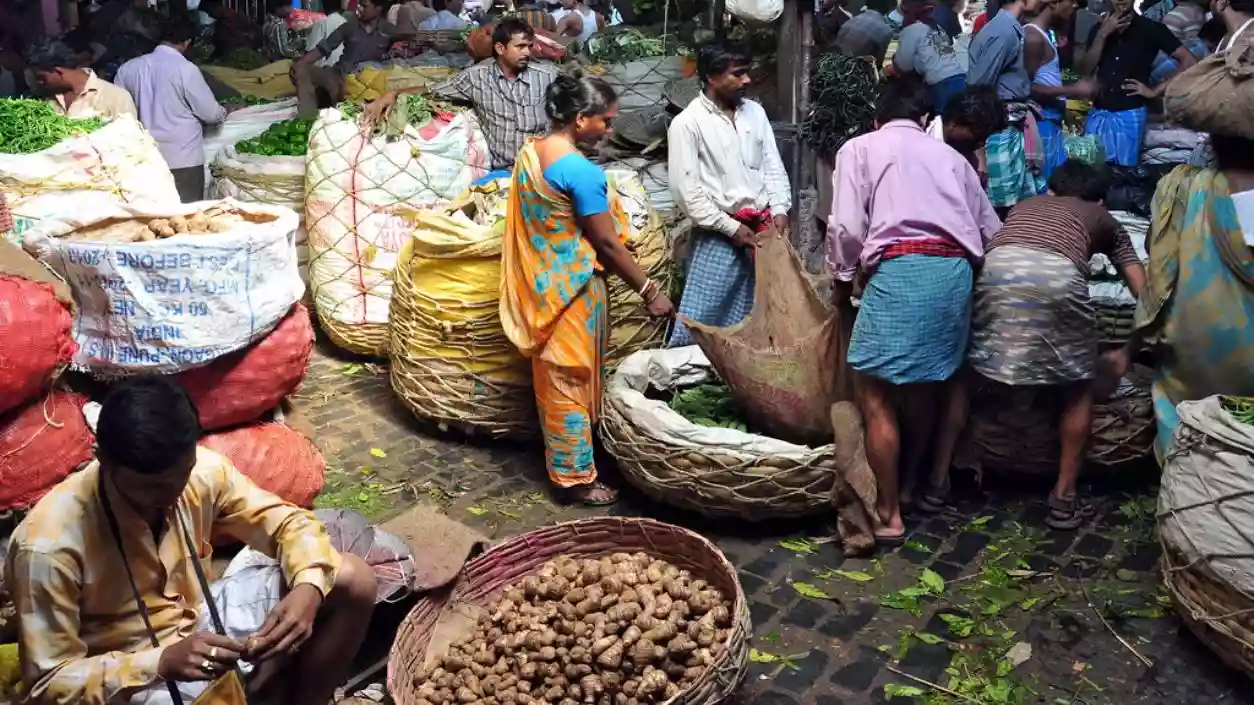India beats England by 336 runs in 2nd Test, Akash Deep picks up 6 wickets, series level 1-1
.gif)
.gif)

Continuous rainfall and waterlogging across parts of West Bengal have led to a steep rise in vegetable prices in Kolkata and nearby districts. Local supply chains have been disrupted due to crop damage, resulting in most green vegetables now being sold above ₹50 per kilogram. The impact is visible in major city markets, where essential vegetables have either vanished from shelves or are priced unusually high.
Brinjal is currently being sold at ₹200 per kilogram. Ridge gourd, pointed gourd, okra, and sponge gourd are priced between ₹50 to ₹60 per kilogram. Tomatoes and cucumbers are selling at ₹60 to ₹80 per kilogram. Green chillies are being sold at ₹120 per kilogram, while garlic prices range between ₹180 and ₹200 per kilogram. Onions are available at ₹30 per kilogram, and potatoes at ₹20. Coriander leaves have reached ₹200 to ₹250 per kilogram.
According to the horticulture department and traders, the rainfall has caused extensive crop damage in several districts that are major suppliers of vegetables to South Bengal. These include East Midnapore, West Midnapore, Howrah, Hooghly, Nadia, and North and South 24 Parganas. Supply from these regions has significantly reduced, while consumer demand remains steady, contributing to the spike in prices. Vegetables are also being sourced from other states, adding to transportation costs.
Ravindranath Kole, a member of the state government's price control task force, confirmed that the rainfall has caused a shortage of vegetables. He said, “We are conducting inspections in the markets twice a week. If any vendor is found charging extra deliberately, strict action will be taken against them.”
On Sunday, many shoppers reported difficulties affording regular vegetables. A homemaker at a city market said, “Now every vegetable is being sold like gold. Should we survive only on rice and dal every day?” Traders indicated that if weather conditions improve in the next two weeks and local supply chains resume, there may be some price relief. Until then, residents will likely continue to face high vegetable prices.